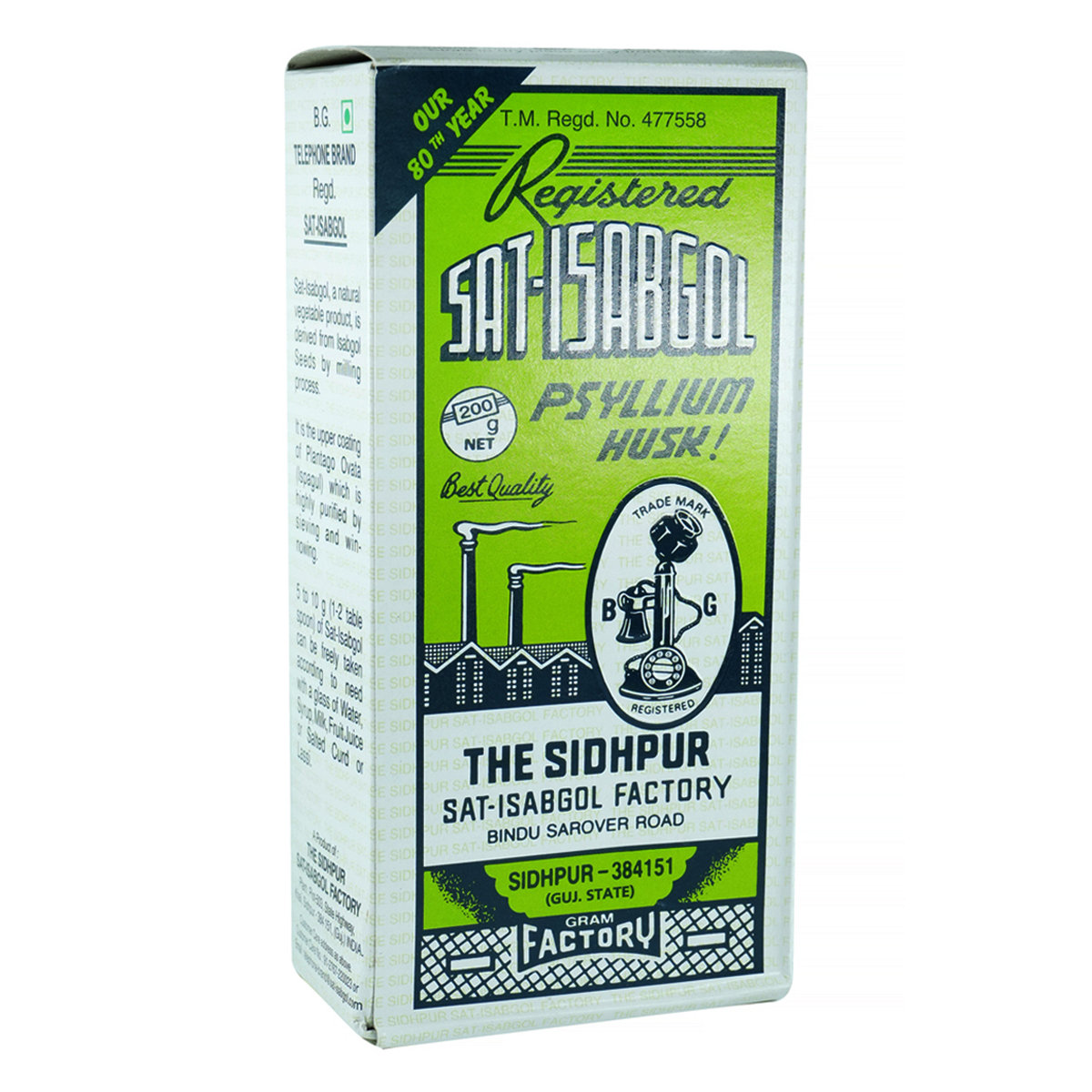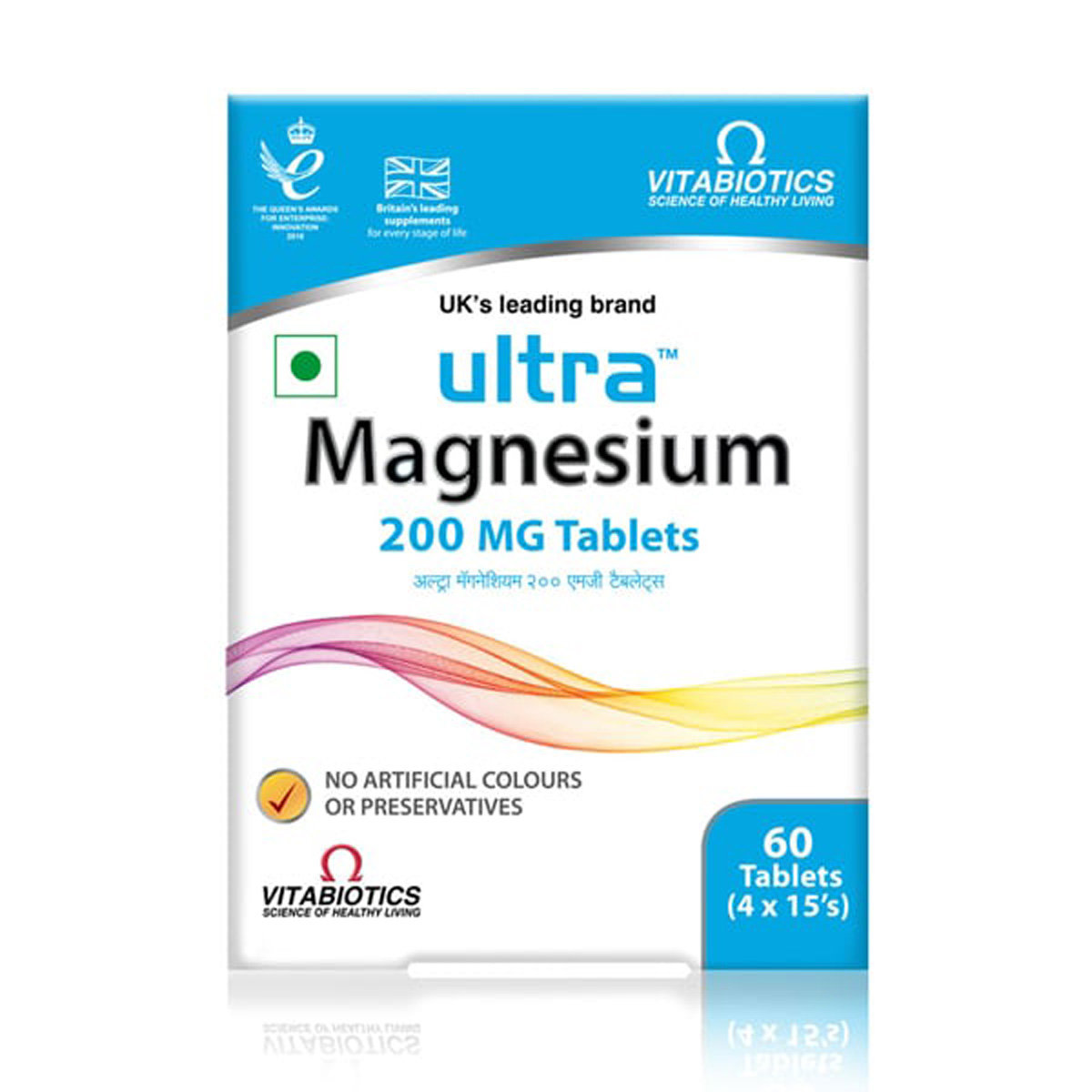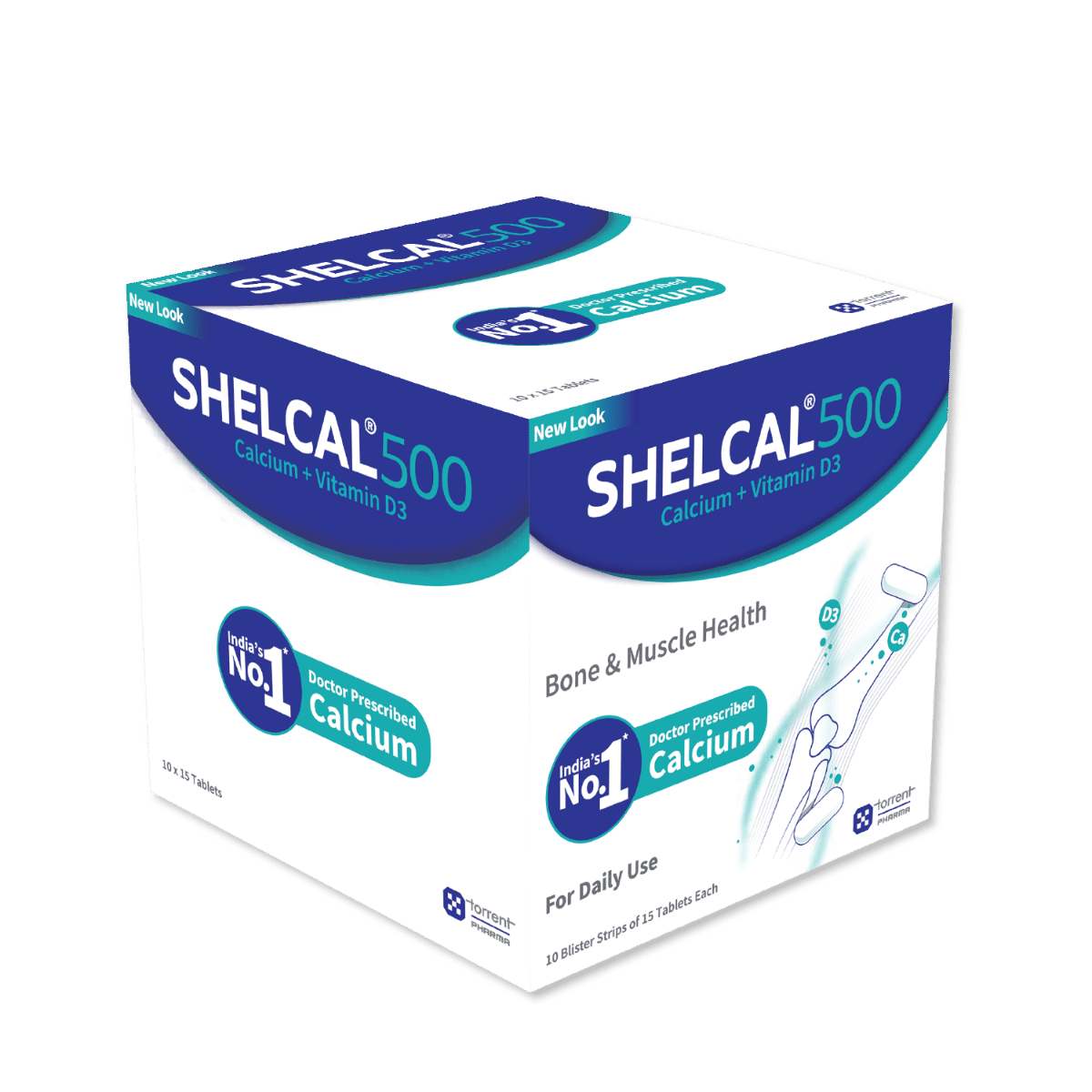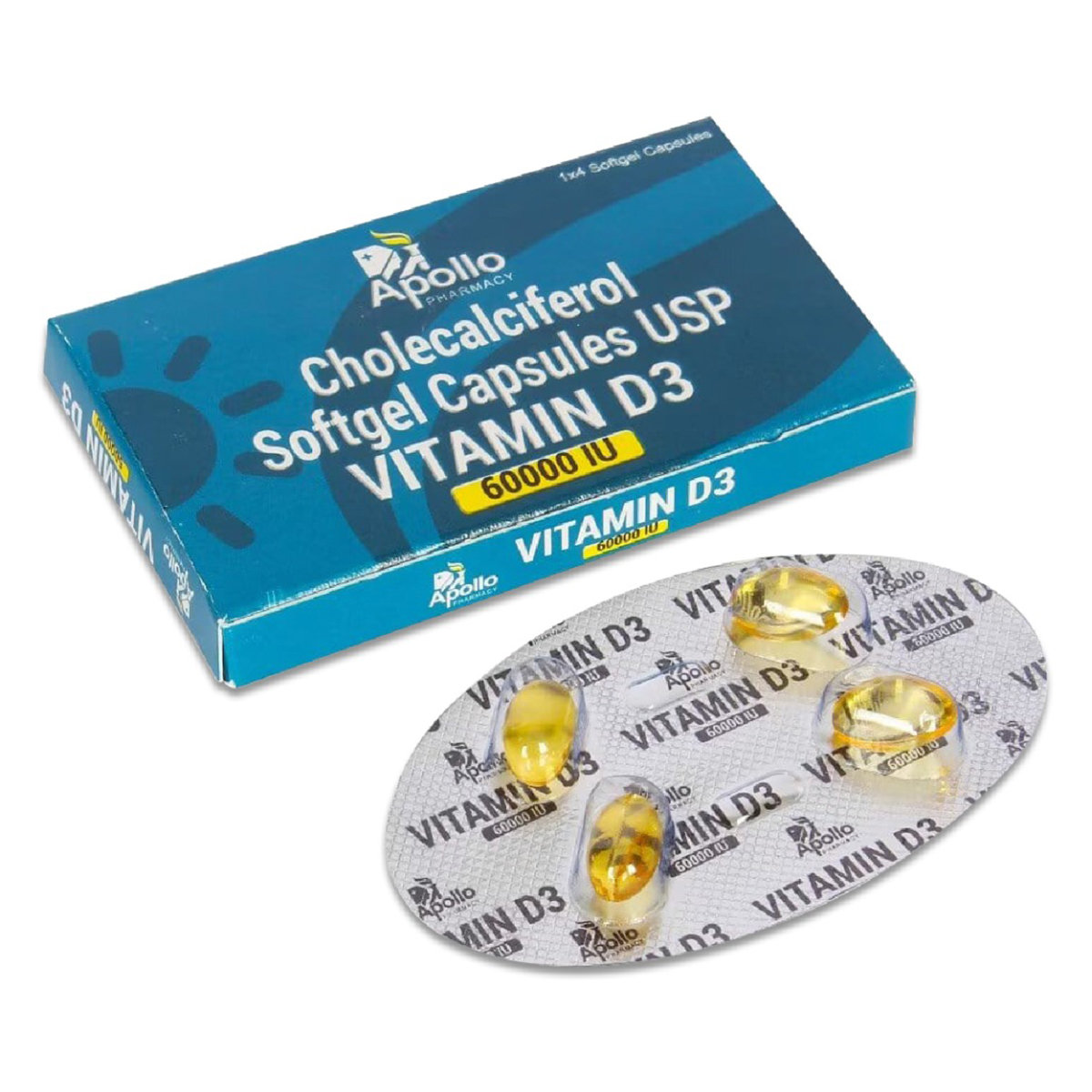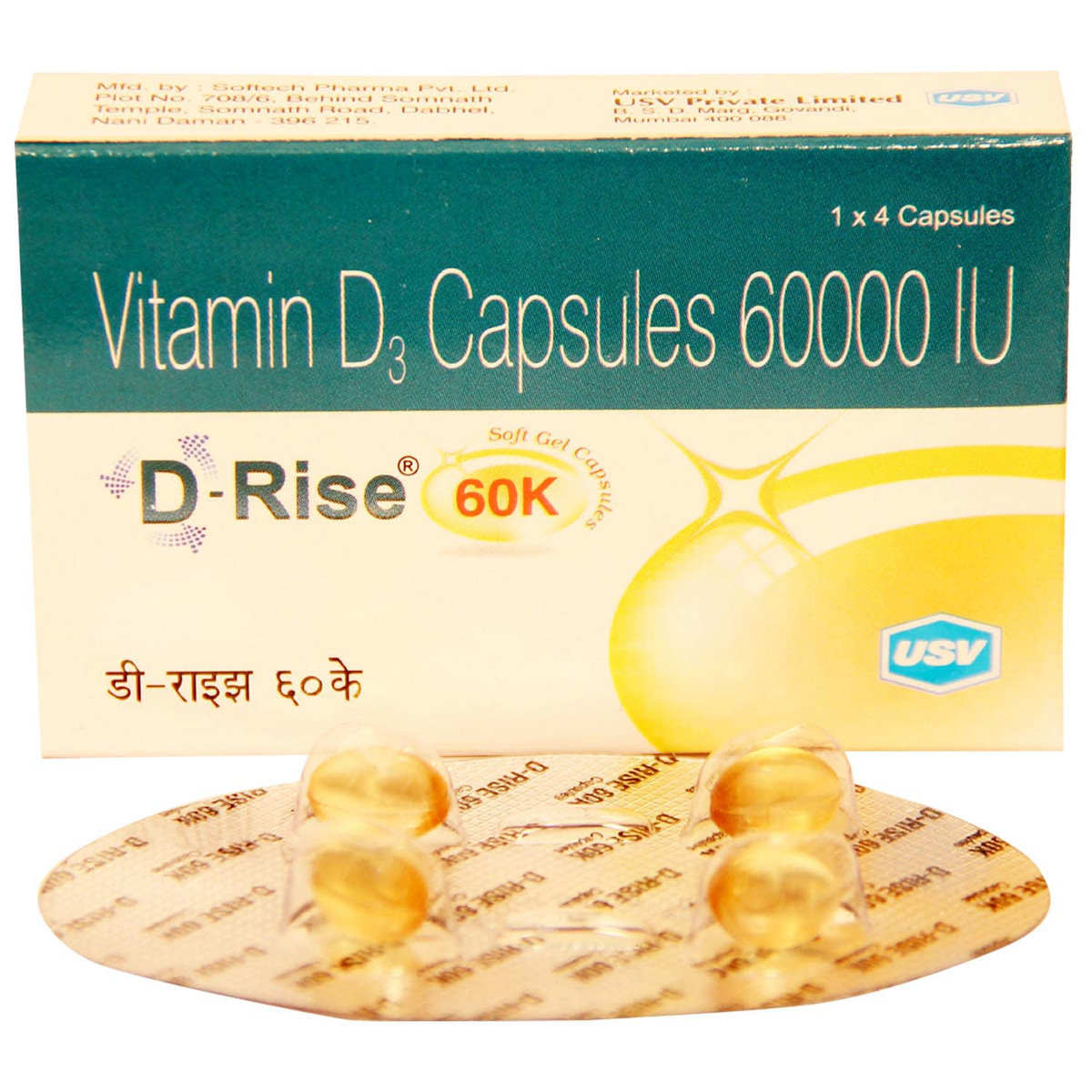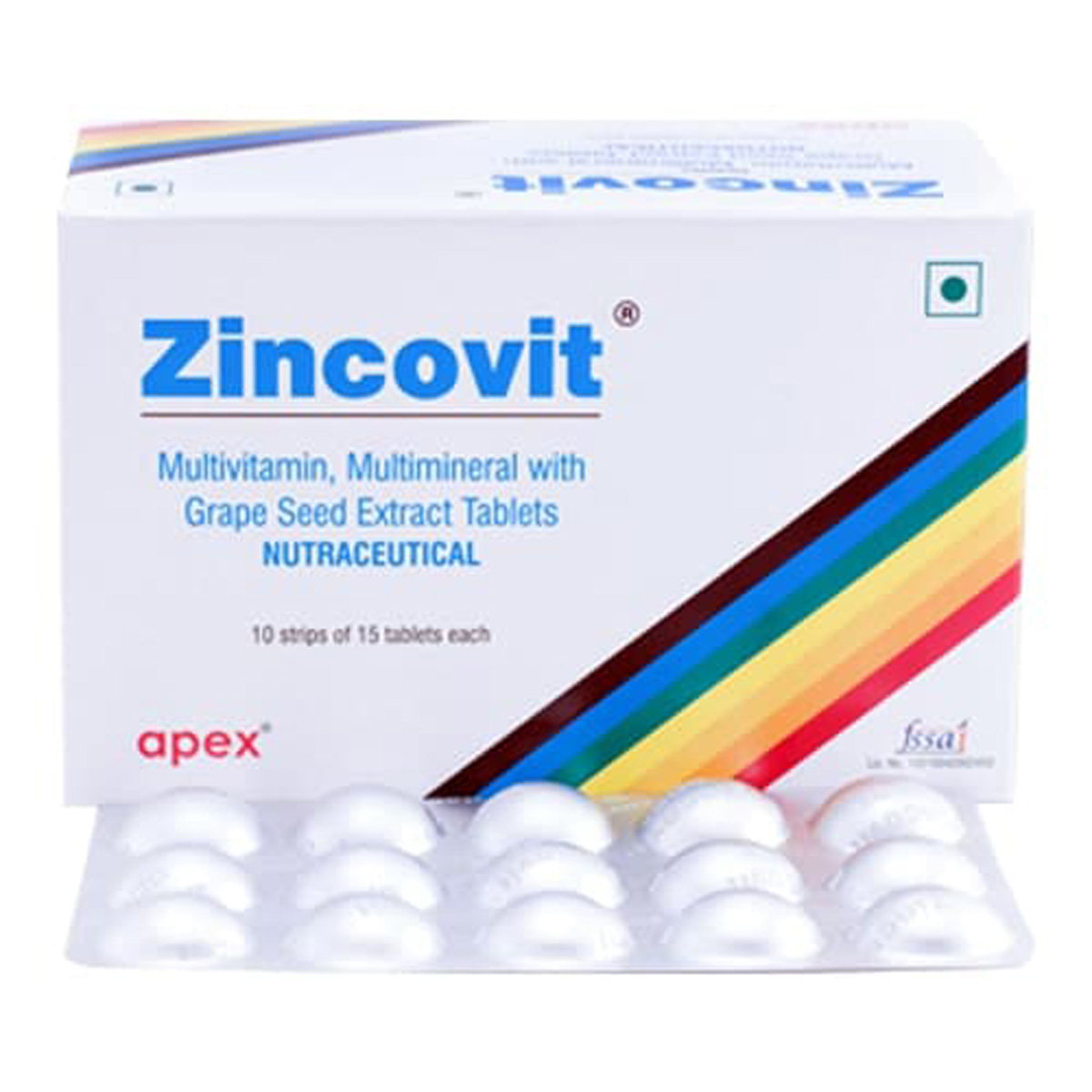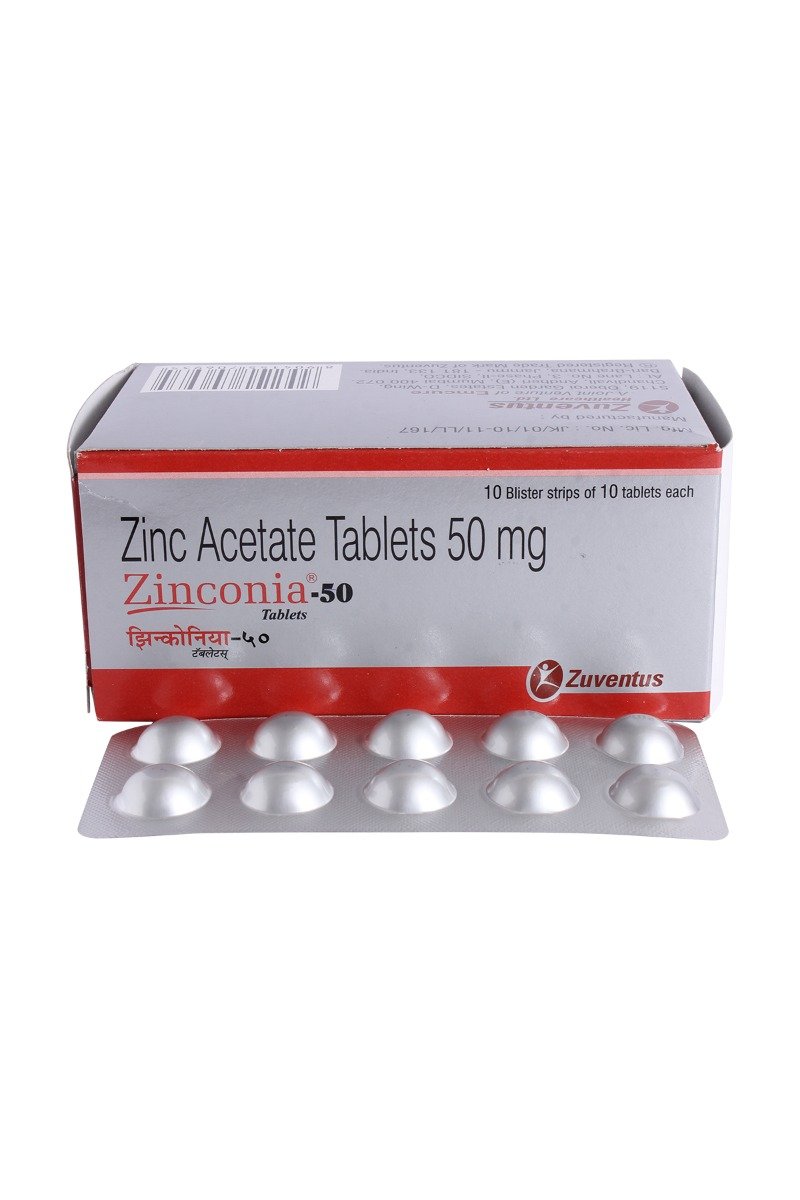Lasix 10 mg Injection 2 ml

MRP ₹12.5
(Inclusive of all Taxes)
₹1.9 Cashback (15%)
know your delivery time
Provide Delivery Location
Composition :
Manufacturer/Marketer :
Consume Type :
Expires on or after :
Return Policy :
Selected Pack Size:2 ml
2 ml ₹11.3
(₹5.65 per ml)
In Stock

Secure Payment

Trusted by 8 Crore Indians

Genuine Products
Therapeutic Class
Country of origin
Manufacturer/Marketer address
Author Details
We provide you with authentic, trustworthy and relevant information
Disclaimer
Alcohol
Safe if prescribed
Avoid alcohol intake while on treatment with Lasix 10 mg Injection 2 ml as it may cause excessive lowering of blood pressure.
Pregnancy
Consult your doctor
Lasix 10 mg Injection 2 ml should not be used during pregnancy unless clearly necessary. So, inform your doctor if you are pregnant or suspect pregnancy. Your doctor will weigh the benefits and potential risks before prescribing Lasix 10 mg Injection 2 ml.
Breast Feeding
Consult your doctor
Lasix 10 mg Injection 2 ml passes into breast milk and may inhibit the secretion of milk. Therefore it is not recommended for breastfeeding women.
Driving
Safe if prescribed
Lasix 10 mg Injection 2 ml may cause dizziness; thus, avoid driving or using machinery unless you are alert.
Liver
Consult your doctor
Notify your doctor if you have a history of liver diseases/conditions. Your doctor may adjust your dose accordingly.
Kidney
Consult your doctor
Notify your doctor if you have a history of kidney diseases/conditions. Your doctor may adjust your dose accordingly.
Children
Safe if prescribed
Please consult your doctor. Lasix 10 mg Injection 2 ml is recommended for adolescents and children under the age of 15 only in exceptional cases.
Product Substitutes
About Lasix 10 mg Injection 2 ml
Lasix 10 mg Injection 2 ml belongs to a group of medicines called loop diuretics used to treat oedema. It may also be used in the treatment of extremely high blood pressure that may lead to life-threatening conditions (hypertensive crisis). Oedema, also known as fluid overload, occurs due to the build-up of fluid in spaces between the tissues leading to swelling. Hypertension or high blood pressure is a chronic condition in which the force exerted by the blood against the artery wall increases.
Lasix 10 mg Injection 2 ml contains Furosemide, which works by increasing the amount of urine that is passed out from the kidneys. It effectively reduces excess fluid levels in the body and treats oedema (swelling) associated with heart, liver, kidney, or lung disease. This reduces the workload on the heart and makes the heart more efficient at pumping blood throughout the body. Thus, it helps to lower high blood pressure, reducing the chances of heart attack or stroke.
Lasix 10 mg Injection 2 ml will be administered by a qualified healthcare professional. Kindly do not self-administer. In some cases, you may experience frequent urination (peeing more than normal), feeling thirsty, dry mouth, headache, feeling confused or dizzy, nausea or vomiting. Most of these side effects of Lasix 10 mg Injection 2 ml do not require medical attention and gradually resolve over time. However, if the side effects are persistent, reach out to your doctor.
Let your doctor know if you are allergic to any of the components in Lasix 10 mg Injection 2 ml. Inform your doctor if you are suffering from kidney, liver, or heart disease. Consult your doctor if you are pregnant or breastfeeding. Do not drive or operate machinery as Lasix 10 mg Injection 2 ml may cause dizziness. Lasix 10 mg Injection 2 ml is recommended for children and adolescents under the age of 15 only in exceptional cases. Avoid alcohol intake while on treatment with Lasix 10 mg Injection 2 ml as it may cause excessive lowering of blood pressure.
Uses of Lasix 10 mg Injection 2 ml
Medicinal Benefits Mweb
Key Benefits
Lasix 10 mg Injection 2 ml contains furosemide, a loop diuretic which increases the excretion of salt and water through urine by acting on a targeted or specific part of the kidney called the loop of Henle. Thereby decreasing fluid in the tissues, and aiding in treating swelling (oedema). It also helps reduce the workload on the heart and makes the heart more efficient at pumping blood throughout the body. Thus, treats high blood pressure, reducing the chances of heart attack or stroke.
Directions for Use
Side Effects of Lasix 10 mg Injection 2 ml
- Frequent urination
- Feeling thirsty
- Dry mouth
- Headache
- Feeling confused or dizzy
- Feeling or being sick (nausea or vomiting)
Drug Warnings
Inform your doctor if you have/had low blood pressure (hypotension), liver disease, diabetes, any difficulty peeing, Addison's disease (a rare disorder of the adrenal glands), gout, dehydration (being thirsty, having a dry mouth), and electrolyte imbalance. Consult your doctor if you are pregnant or planning for pregnancy; your doctor will weigh the benefits and potential risks before prescribing Lasix 10 mg Injection 2 ml. Do not drive or operate machinery as Lasix 10 mg Injection 2 ml may cause dizziness. Avoid alcohol intake while on treatment with Lasix 10 mg Injection 2 ml as it may cause excessive lowering of blood pressure.
Drug-Drug Interactions
Drug-Drug Interactions
Login/Sign Up
Taking Ziprasidone with Lasix 10 mg Injection 2 ml can increase the risk of abnormal heart rhythm.
How to manage the interaction:
Taking Ziprasidone with Lasix 10 mg Injection 2 ml is not recommended, but it can be taken together if prescribed by a doctor. However, consult your doctor if you experience sudden dizziness, lightheadedness, fainting, shortness of breath, weakness, tiredness, drowsiness, confusion, muscle pain, cramps, dizziness, nausea, or vomiting. Do not discontinue any medications without consulting a doctor.
Combining Tizanidine and Lasix 10 mg Injection 2 ml can lower your blood pressure.
How to manage the interaction:
Taking Tizanidine and Lasix 10 mg Injection 2 ml together can lead to an interaction, but it can be taken if your doctor advises. However, if you experience any symptoms like headache, dizziness, lightheadedness, fainting, and changes in pulse or heart rate, contact your doctor immediately. Avoid driving or operating hazardous machinery until you know how the medications affect you, use caution when getting up from a sitting or lying position, and do not discontinue any medications without consulting your doctor.
Concomitant administration of diclofenac and Lasix 10 mg Injection 2 ml may decrease the therapeutic efficacy of Lasix 10 mg Injection 2 ml and adversely affect renal function.
How to manage the interaction:
There may be a possible interaction between diclofenac and Lasix 10 mg Injection 2 ml, but they can be taken together if your doctor has prescribed them. However, consult your doctor immediately if you experience symptoms like nausea, dizziness, irregular heartbeats, altered blood pressure, tingling. Do not stop using any medications without first talking to your doctor.
Coadministration of Amikacin with Lasix 10 mg Injection 2 ml can increase the risk of developing kidney disorder and other side effects.
How to manage the interaction:
Although taking amikacin and Lasix 10 mg Injection 2 ml together can result in an interaction, it can be taken if a doctor has prescribed it. However, if you experience ringing in the ears, irregular urination, muscle cramps, vomiting, or weakness, consult the doctor. Do not discontinue any medications without a doctor's advice.
Taking Lasix 10 mg Injection 2 ml with Tobramycin can increase the risk of hearing loss and kidney problems.
How to manage the interaction:
Although there is a possible interaction between Tobramycin and Lasix 10 mg Injection 2 ml, you can take these medicines together if prescribed by your doctor. Do not discontinue any medications without consulting your doctor.
Co-administration of Lasix 10 mg Injection 2 ml may interfere with blood glucose control and lower the effectiveness of Glimepiride.
How to manage the interaction:
Although there is a possible interaction, glimepiride can be taken with Lasix 10 mg Injection 2 ml if prescribed by the doctor. Regular monitoring of blood glucose levels is advised. Do not discontinue the medications without consulting a doctor.
Coadministration of Streptomycin and Lasix 10 mg Injection 2 ml may increase the risk or severity of hearing or kidney problems.
How to manage the interaction:
There may be a possibility of interaction between Streptomycin and Lasix 10 mg Injection 2 ml, but it can be taken if prescribed by a doctor. However, if you experience sudden dizziness, lightheadedness, fainting, shortness of breath, chest pain or tightness, rapid heartbeat, hearing difficulty, swelling, body aches, increased or decreased urination, or memory loss, contact your doctor immediately. Do not discontinue any medications without consulting a doctor.
Lasix 10 mg Injection 2 ml may decrease the effectiveness of tirzepatide thereby causing the increase in blood glucose levels.
How to manage the interaction:
Close blood glucose monitoring is recommended when on treatment with Lasix 10 mg Injection 2 ml.
Drug-Food Interactions
Drug-Food Interactions
Login/Sign Up
Drug-Diseases Interactions
Drug-Diseases Interactions
Login/Sign Up
Drug-Drug Interactions Checker List
- ARSENIC TRIOXIDE
- DOLASETRON
- AMIKACIN
- AMIKACIN LIPOSOME
- GENTAMICIN
- KANAMYCIN
- NEOMYCIN
- NETILMICIN
- PLAZOMICIN
- STREPTOMYCIN
- TOBRAMYCIN
- AMINOLEVULINIC ACID
- AMIODARONE
- DRONEDARONE
- DOFETILIDE
- DESMOPRESSIN
- DROPERIDOL
- PIMOZIDE
- ZIPRASIDONE
- ETHACRYNIC ACID
- LEVOMETHADYL ACETATE
- LITHIUM
- TIZANIDINE
- ETELCALCETIDE
- CISAPRIDE
Habit Forming
Special Advise
- Monitor your blood pressure daily, and if there is too much fluctuation, immediately contact the doctor.
- If you plan to have a procedure that includes radiocontrast, do not take Lasix 10 mg Injection 2 ml (as taking Lasix 10 mg Injection 2 ml may increase the risk of kidney damage).
- Regular monitoring of blood levels for electrolytes and kidney function is advised.
Diet & Lifestyle Advise
- Consume antioxidant-rich food. Blueberries, cherries, tomatoes, squash, and bell peppers are high in antioxidants.
- Eat natural diuretic foods such as Asparagus, beets, green beans, grapes, onion, leafy greens, pineapple, pumpkin, and garlic.
- Use healthy cooking oils like soybean, olive, canola, and coconut oil.
- You should avoid refined foods such as white bread, spaghetti, sugar, and red meat.
- Reduce or eliminate trans fatty acids, which are found in commercially baked items such as cookies, cakes, crackers, French fries, onion rings, doughnuts, and processed foods.
- Avoid consumption of too much salt or salty food.
- Regular physical activity or exercise like walking improves the blood flow.
- Whenever possible, elevate your legs or the swollen area on a chair or pillows.
- Avoid standing or sitting for extended periods of time.
- Avoid chronic stress as it can raise your blood pressure.
- Spend time with your loved ones to cope with stress and practice mindfulness techniques.
- Quitting smoking and alcohol consumption is the best strategy to lower the risk of many health complications.
All Substitutes & Brand Comparisons
RX
Out of StockProlix 10 Injection 2 ml
Themis Pharmaceutical Ltd
₹1.98
(₹0.89/ 1ml)
84% CHEAPERRX
Out of StockSynate 10mg Injection
₹2.5
(₹1.13/ 1ml)
80% CHEAPERRX
Out of StockTesix 10mg Injection
Tamman Titoe Pharma Pvt Ltd
₹3.5
(₹1.58/ 1ml)
72% CHEAPER
Buy best Cardiology products by
Torrent Pharmaceuticals Ltd
Sun Pharmaceutical Industries Ltd
Lupin Ltd
Intas Pharmaceuticals Ltd
Cipla Ltd
Micro Labs Ltd
Macleods Pharmaceuticals Ltd
Abbott India Ltd
Ajanta Pharma Ltd
Ipca Laboratories Ltd
Eris Life Sciences Ltd
Mankind Pharma Pvt Ltd
Lloyd Healthcare Pvt Ltd
Dr Reddy's Laboratories Ltd
Glenmark Pharmaceuticals Ltd
Emcure Pharmaceuticals Ltd
Alembic Pharmaceuticals Ltd
Alkem Laboratories Ltd
East West Pharma India Pvt Ltd
USV Pvt Ltd
Zydus Healthcare Ltd
Aristo Pharmaceuticals Pvt Ltd
Elbrit Life Sciences Pvt Ltd
J B Chemicals & Pharmaceuticals Ltd
Zydus Cadila
Akumentis Healthcare Ltd
Alteus Biogenics Pvt Ltd
Hbc Life Sciences Pvt Ltd
Fusion Health Care Pvt Ltd
Troikaa Pharmaceuticals Ltd
La Renon Healthcare Pvt Ltd
Corona Remedies Pvt Ltd
Jubilant Lifesciences Ltd
Medley Pharmaceuticals Ltd
Knoll Healthcare Pvt Ltd
Msn Laboratories Pvt Ltd
Zuventus Healthcare Ltd
Cadila Pharmaceuticals Ltd
Blue Cross Laboratories Pvt Ltd
Lividus Pharmaceuticals Pvt Ltd
Morepen Laboratories Ltd
Ranmarc Labs
Shrrishti Health Care Products Pvt Ltd
Sanofi India Ltd
Steris Healthcare
Elder Pharmaceuticals Ltd
Primus Remedies Pvt Ltd
Unison Pharmaceuticals Pvt Ltd
Eswar Therapeutics Pvt Ltd
Knoll Pharmaceuticals Ltd
Tas Med India Pvt Ltd
Systopic Laboratories Pvt Ltd
Indiabulls Pharmaceuticals Pvt Ltd
Leeford Healthcare Ltd
Sinsan Pharmaceuticals Pvt Ltd
Biochem Pharmaceutical Industries Ltd
Cadila Healthcare Ltd
Azkka Pharmaceuticals Pvt Ltd
Nirvana India Pvt Ltd
Orsim Pharma
Prevego Healthcare & Research Pvt Ltd
Econ Healthcare
Elinor Pharmaceuticals (P) Ltd
FDC Ltd
Sunij Pharma Pvt Ltd
Nicholas Piramal India Ltd
Astra Zeneca Pharma India Ltd
Pfizer Ltd
Lia Life Sciences Pvt Ltd
Shine Pharmaceuticals Ltd
Elicad Pharmaceuticals Pvt Ltd
Indoco Remedies Ltd
Proqol Health Care Pvt Ltd
Vasu Organics Pvt Ltd
Biocon Ltd
Opsis Care Lifesciences Pvt Ltd
Johnlee Pharmaceuticals Pvt Ltd
Merck Ltd
Wockhardt Ltd
Auspharma Pvt Ltd
Ergos Life Sciences Pvt Ltd
Lakshya Life Sciences Pvt Ltd
Ordain Health Care Global Pvt Ltd
Pficus De Med Pvt Ltd
ALICAN PHARMACEUTICAL PVT LTD
RPG Life Sciences Ltd
Glynis Pharmaceuticals Pvt Ltd
Orris Pharmaceuticals
Samarth Life Sciences Pvt Ltd
Aprica Pharmaceuticals Pvt Ltd
Aretaeus Pharmaceuticals Pvt Ltd
Koye Pharmaceuticals Pvt Ltd
Neocardiab Care
Retra Life Science Pvt Ltd
Alniche Life Sciences Pvt Ltd
Alvio Pharmaceuticals Pvt Ltd
Arkas Pharma Pvt Ltd
Atos Lifesciences Pvt Ltd
Divine Savior Pvt Ltd
Metalis Lifesciences Pvt Ltd
Frequently Bought Together




